Zurich project explores storing CO₂ beneath Switzerland
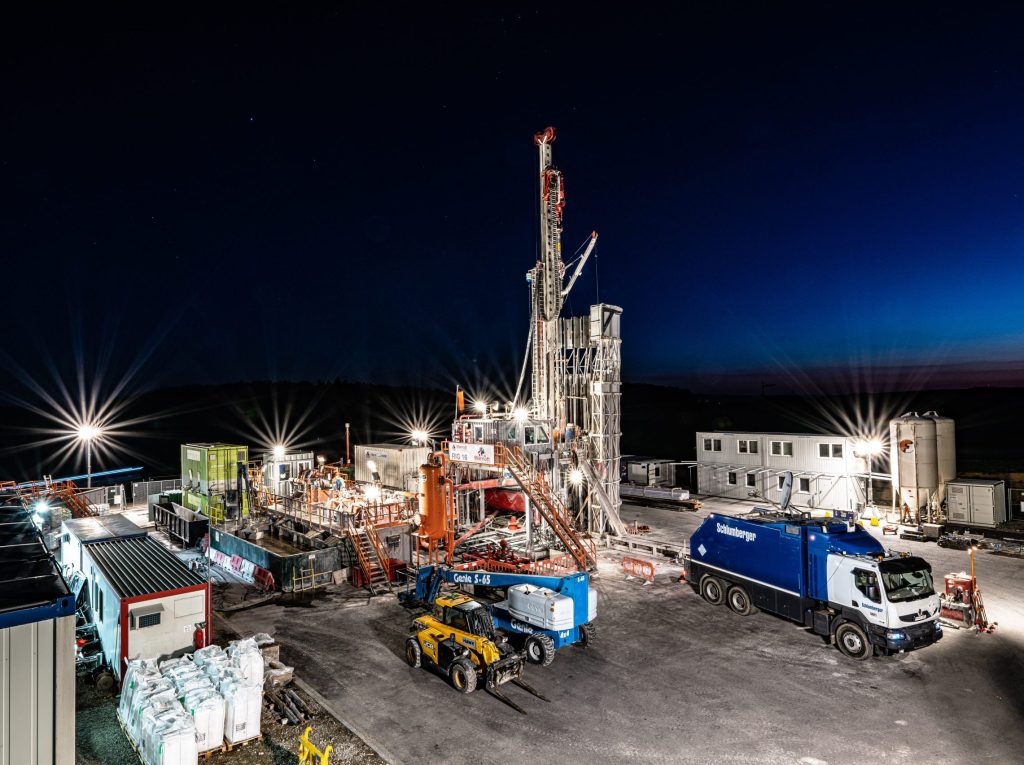
In 15-20 years, carbon dioxide (CO₂) from Swiss household waste and industry could be stored underground to support the country’s net-zero climate goals. Scientists hope a pilot project near Zurich can clarify the ideal strategy: whether to store the carbon in Switzerland or pump it beneath the North Sea.
Set amid rolling green hills and vineyards 30 minutes north of Zurich, Trüllikon is a sleepy village which, on the surface, seems to be of limited interest.
It has a post office, two restaurants and a supermarket, but it also has a deep disused borehole of national importance, which offers insights into the underground environment and its potential as a geological repository.
Since last autumn, scientists from the federal technology institute ETH Zurich have been studyingExternal link the feasibility of storing CO₂ underground there.
The researchers are taking seismic measurements deep below the surface. That data goes into computer modelling that estimates the storage capacity and risks. If they get the go-ahead, small quantities of CO₂ could be injected into the site starting mid-2026.
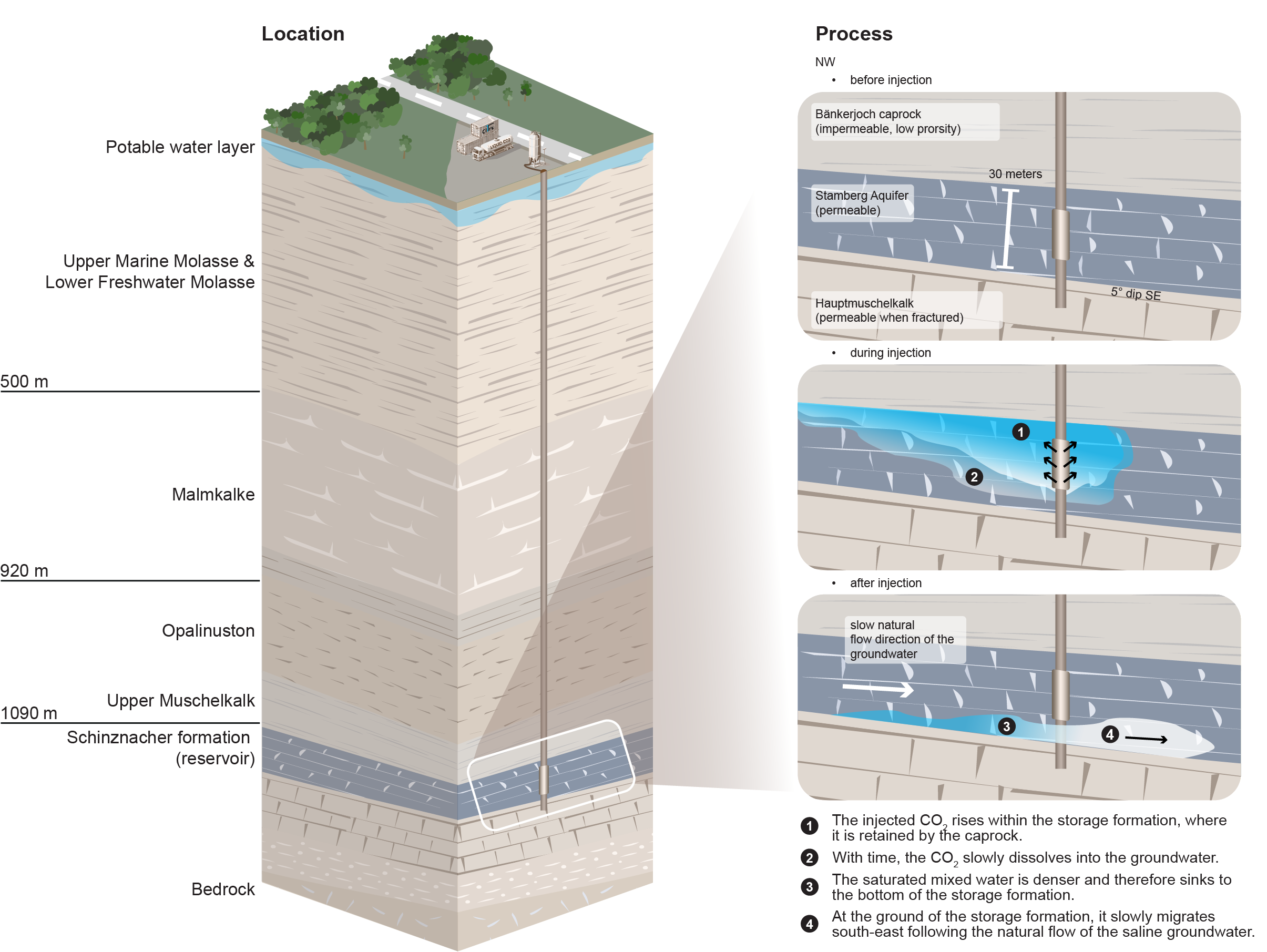
But Trüllikon is only a test, insists Michèle Marti, a scientist at the Swiss Seismological Service at ETH Zurich, who oversees communication for the scheme.
“It is not intended to become a permanent storage site. After this test, we would close the borehole and there would be no further CO₂ injected there,” she explains.
Despite its temporary nature, the Trüllikon project is key to shaping Switzerland’s step-by-step carbon capture and storage (CCS) strategy. Scientists will examine the viability of storing CO₂ under Swiss territory and gain valuable data on quantities and costs that will guide decisions on long-term CO₂ storage, both domestically and abroad.
“The main question right now is: should we store CO₂ in Switzerland or outside,” says Cyril BrunnerExternal link, a senior climate scientist at ETH Zurich. “This is why this Trüllikon test is so important. This pilot will help define how much it would cost to store it in Switzerland and what the other trade-offs are.”
Technologies are needed to capture or remove CO₂ and store it permanently. Carbon capture and storage (CCS) captures and stores fossil and process-based CO₂ at installations such as waste treatment plants to cut emissions, while negative emission technologies (NETs) focus on permanently removing CO₂ from the atmosphere.
NETs include, among others: afforestation and reforestation; land management to increase and fix carbon in soils via additives such as biochar; bioenergy production with carbon capture and storage (BECCS); enhanced weathering; direct capture of CO₂ from ambient air with CO₂ storage (DACCS), ocean fertilisation to increase CO₂.
According to the Intergovernmental Panel on Climate Change (IPCC), achieving the goals of the Paris Agreement will require a very rapid global expansion of CCS and NETs, in addition to a substantial reduction in greenhouse gas emissions.
While CCS is recognised by the Intergovernmental Panel on Climate Change (IPCC) as crucial for climate goals, critics such as Greenpeace callExternal link it expensive and risky, potentially prolonging fossil fuel use.
Still, the Swiss government sees the technology as essential to reaching its 2050 net-zero target. By then, seven million tonnes of CO₂ captured from waste plants and cement work could be captured and storedExternal link annually.
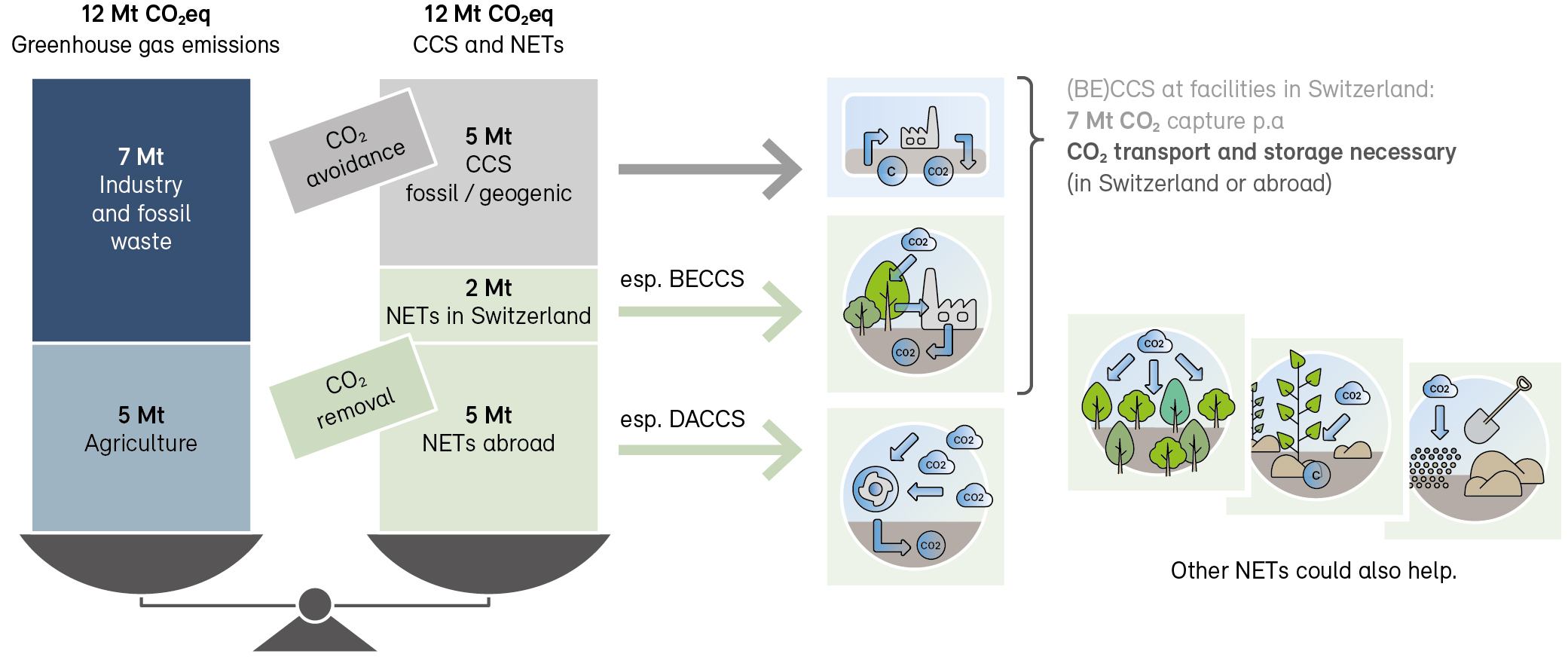
But key questions remain. Is storage under Swiss soil cost-effective? What are the risks? Could the idea face resistance, like that faced by geothermal or wind energy projects? How much Swiss CO₂ might be exported to countries such as Norway or the Netherlands?
Underground – what actually happens to the CO₂
Geology is central to CCS feasibility. Switzerland has certain rock types – basalt, peridotite and serpentinite – in the southern Alps that would be suitable for in-situ mineralisation, the process whereby CO₂ dissolved in water and pumped underground as carbonic acid penetrates and dissolves porous rock, releasing iron, magnesium and calcium ions. The CO2 combines with calcium and magnesium to form white carbonate rock, for example limestone. But due to the complex structures under the Alps, high water demands and economic hurdles, this particular CCS technique is not a viable option on Swiss territory, research showsExternal link.
But researchersExternal link have found an alternative: areas in Switzerland’s central plateau region with sedimentary rock and saline aquifers suitable for long-term CO₂ storage.
Trüllikon’s deep borehole – originally drilled to study the possibilities of storing nuclear waste underground, but not used – offers ideal test conditions.
“In Switzerland there aren’t that many boreholes that go so deep – over 1km. It’s really in good condition and suitable for doing such a pilot injection with the right geological conditions. If you had to drill such a borehole, it would be very costly,” Marti explains.
The plan involves injecting liquefied CO₂ into a porous rock layer, capped by impermeable Opalinus clay to prevent leaks. The liquefied CO₂ would spread several hundred metres around the hole in the seam. Over time it would slowly mix and sink to bottom of the layer and dissolve into salty groundwater hundreds of metres below drinking water layers, with minimal leakage risk.
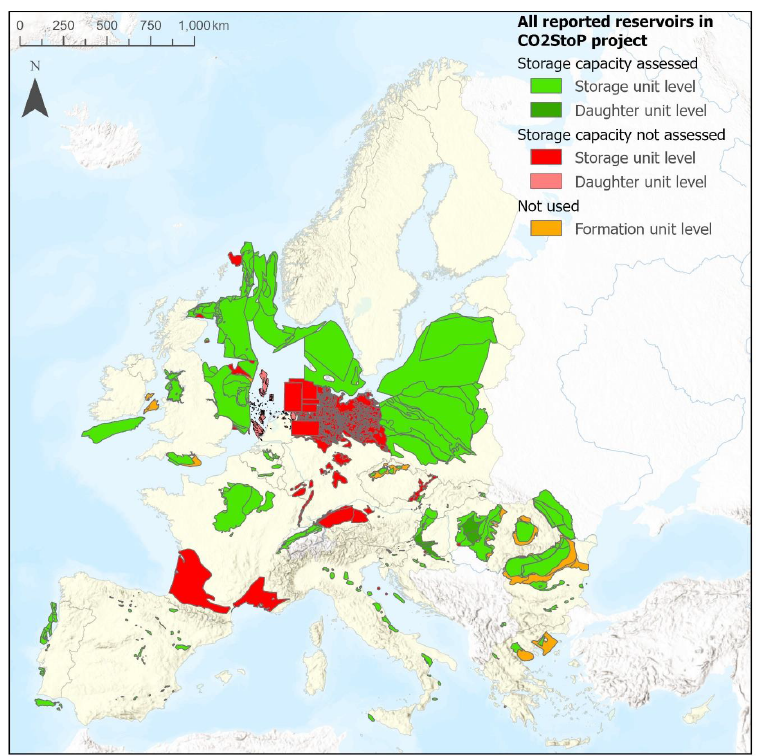
How many boreholes are needed?
“The thing we want to figure out in Trüllikon is how many holes you would need to drill in order to store a certain amount of CO₂ per year,” Brunner says. “We don’t know whether the porosity of the rock – how much CO₂ can diffuse through the rock – is sufficient to require one borehole for one million tonnes of CO₂ for instance. Would you need one borehole per waste incineration plant, for instance, or one for ten plants?”
Early government estimates suggested five Swiss storage sites may be needed.
According to a 2023 government-commissioned studyExternal link, building a Swiss CCS system from 2028 to 2050 would cost CHF16.3 billion ($19.3 billion), with CHF1-2 billion in annual operating costs. More than half the cost would go towards CO₂ capture infrastructure, while pipeline construction would account for 30%. However, experts warn that these figures are highly uncertain.
The Federal Office for the Environment (FOEN) believes that piping CO₂ abroad or storing it in Switzerland would likely carry the same costs in the long run.
Iceland and Norway are at the forefront of developing innovative CCS technologies. In Norway, more than 19 million tonnes of CO₂ have been stored under the North Sea since 1996. Denmark has also issued six licences for the exploration of CO₂ storage facilities. As part of the Greensand project, 1.5 million tonnes of CO₂ per year are to be stored in the seabed from 2025/2026 and eight million tonnes from 2030. The country’s GreenstoreExternal link project was also the first licence granted for underground CO₂ storage on land.
In the Netherlands work is underway in the port of Rotterdam to construct pipelines and compression stations to store CO₂ off the coast. The project could go into operation in 2026.
France, Germany, Sweden, Poland, Austria and Croatia are also developing CCS strategies. Denmark, Belgium, the Netherlands and Sweden have also established arrangements for cross-border transport and storage of CO₂ with Norway. Sweden and Denmark have concluded similar arrangements.
Transporting CO₂ – pipelines
There are now nearly 200 potential CCS projects in Europe. Today, most underground CO₂ storage sites are being developed in the North Sea, which offers significant potential thanks to sandstone formations.
But deploying the technology is highly complex, with many technical, economic, environmental and regulatory challenges. A 2024 Institute for Energy Economics and Financial Analysis (IEEFA) report warnsExternal link most projects are overambitious, with many far from commercial viability.
Transport remains a major hurdle. Moving CO₂ by road, rail, ship or pipeline adds complexity and cost. A recent European Commission studyExternal link highlights the need for a robust cross-border CCS transport network and strong international cooperation.
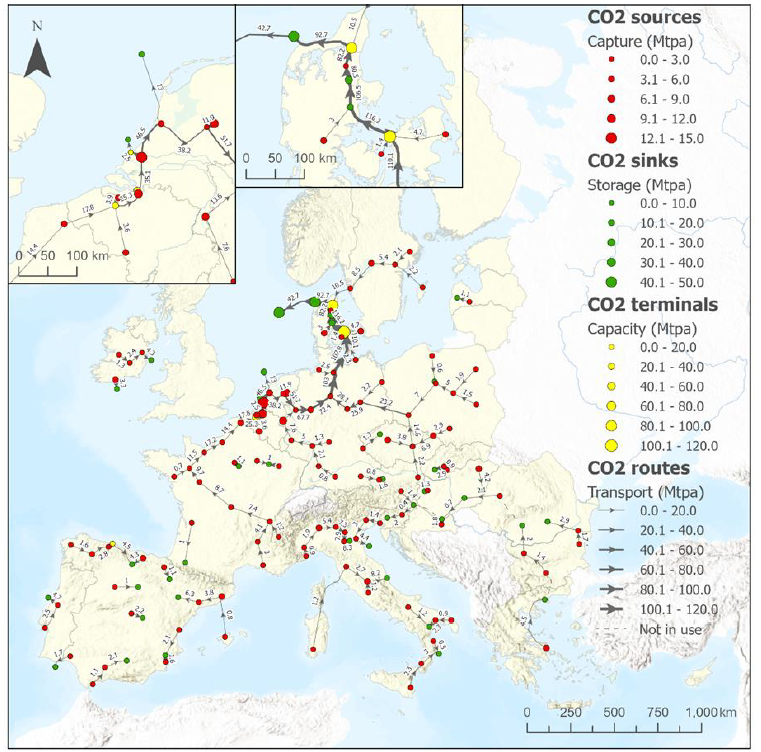
Pipelines, especially for inland countries such as Switzerland, are seen as the most cost-effective solution.
A consortium is being formed to build a Swiss pipeline network, Dominik Wlodarczak, CEO of CO₂ Pipeline Schweiz AGExternal link, told SWI swissinfo.ch. A first section to transport CO₂ from Zurich to Basel could be operational by the mid-2030s. But there is still much uncertainty, as the new venture must coordinate with a European network and link up at the Swiss border via either France or Germany.
“We expect all captured CO₂ will be exported to the North Sea, with maybe smaller amounts to the Mediterranean,” Wlodarczak says
Getting the public on board
Amid the myriad challenges, public acceptance of CCS and environmental concerns must also be carefully considered.
Between 2022 and 2024, researchers from ETH Zurich carried out a pilot projectExternal link to investigate the potential of transporting and permanently storing Swiss CO₂ abroad – in this case in Iceland.

More
Turning Swiss CO2 into Icelandic rock
The “DemoUpCarma” project showed that while additional CO₂ emissions are generated along the supply chain when CO₂ is transported by truck, train and ship, the process still removes far more CO₂ from the atmosphere than it emits.
“We know from studies that we have done for the DemoUpCarma project that the Swiss public is not really aware of CO₂ storage, so there are not strong opinions yet. This is something that will evolve with time and with the project, but it’s uncertain which direction it will go,” Marti says.
Martin Eichler, who authored the 2023 cost study, warns that political and local resistance could stall or derail Swiss CCS plans. This would “completely hinder any geological storage within Switzerland and leave us with no other option than going abroad”, he told SWI swissinfo.ch.
Switzerland has signed memorandums of understandingExternal link with Norway, Sweden, the Netherlands and Iceland to pave the way for future capture and storage of Swiss CO₂. But sending it to other countries comes with other more basic societal challenges.
Studies show that people are generally fine storing their own CO₂, Brunner says, but less so when it comes to foreign CO₂, especially if exporting countries didn’t even assess whether they could store it domestically.
“If storing Swiss CO₂ fails because of geological or physical reasons, I think then we have a good chance to knock on other countries’ doors and say, ‘it’s not possible in Switzerland. Is it possible to store the CO₂ with you?’ I think people are more open to that,” he says. “But if we just say we don’t want it, but we want you to have it, then maybe less so.”
Edited by Gabe Bullard/ts

In compliance with the JTI standards
More: SWI swissinfo.ch certified by the Journalism Trust Initiative
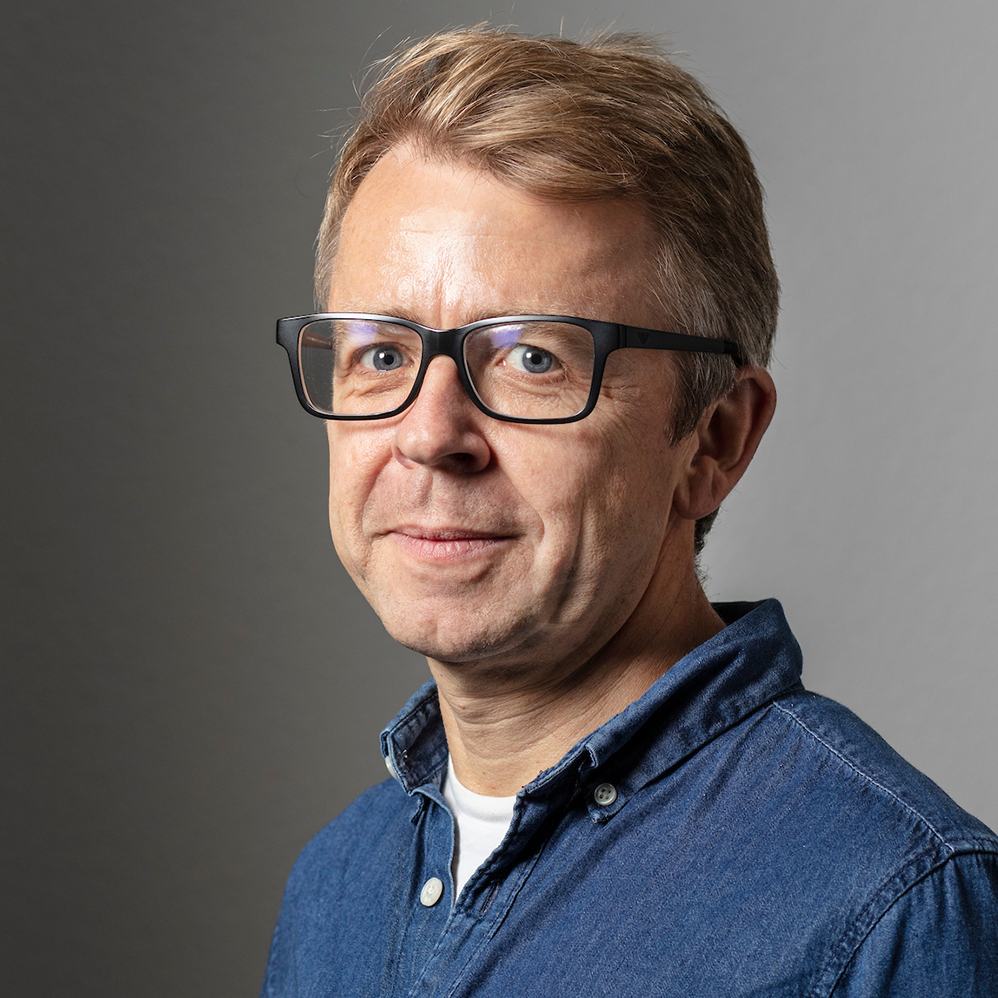
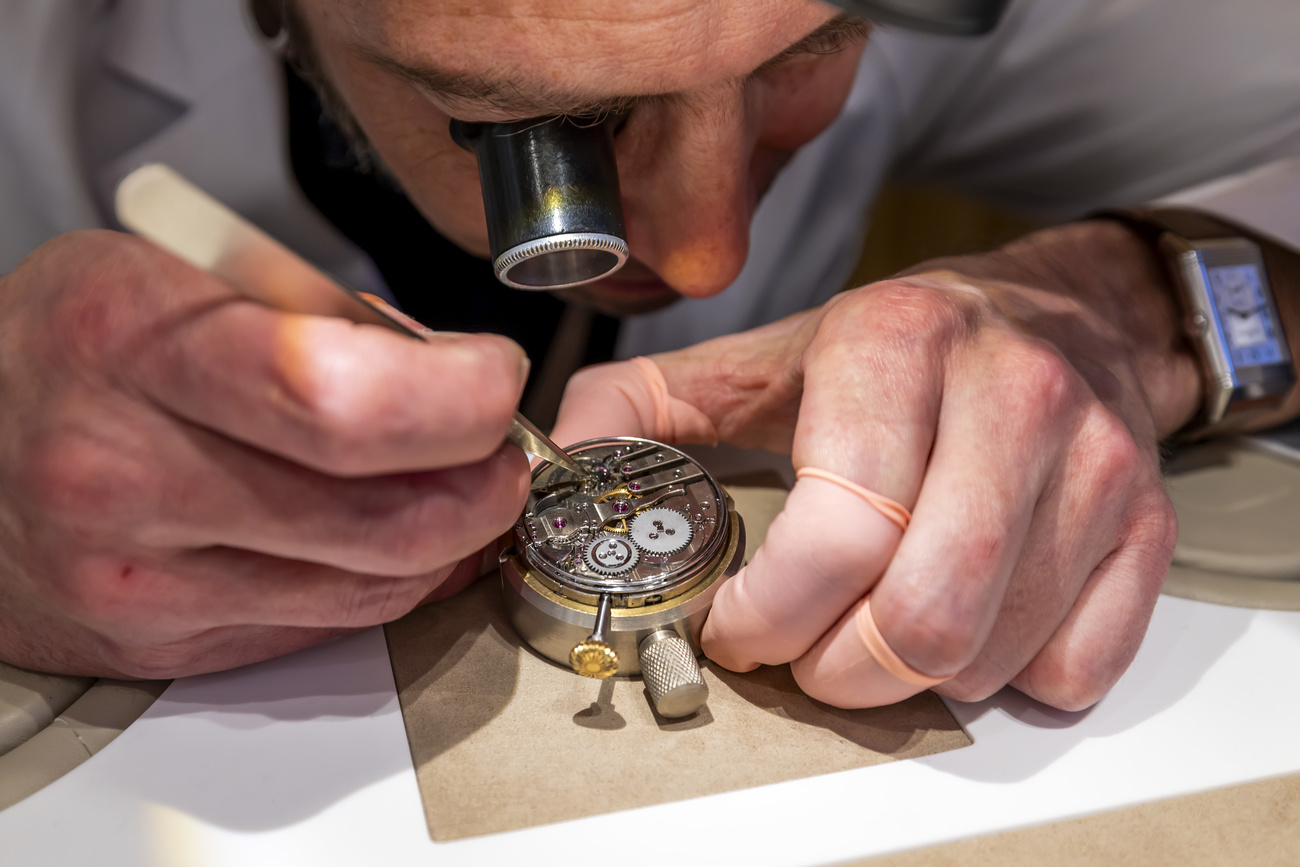
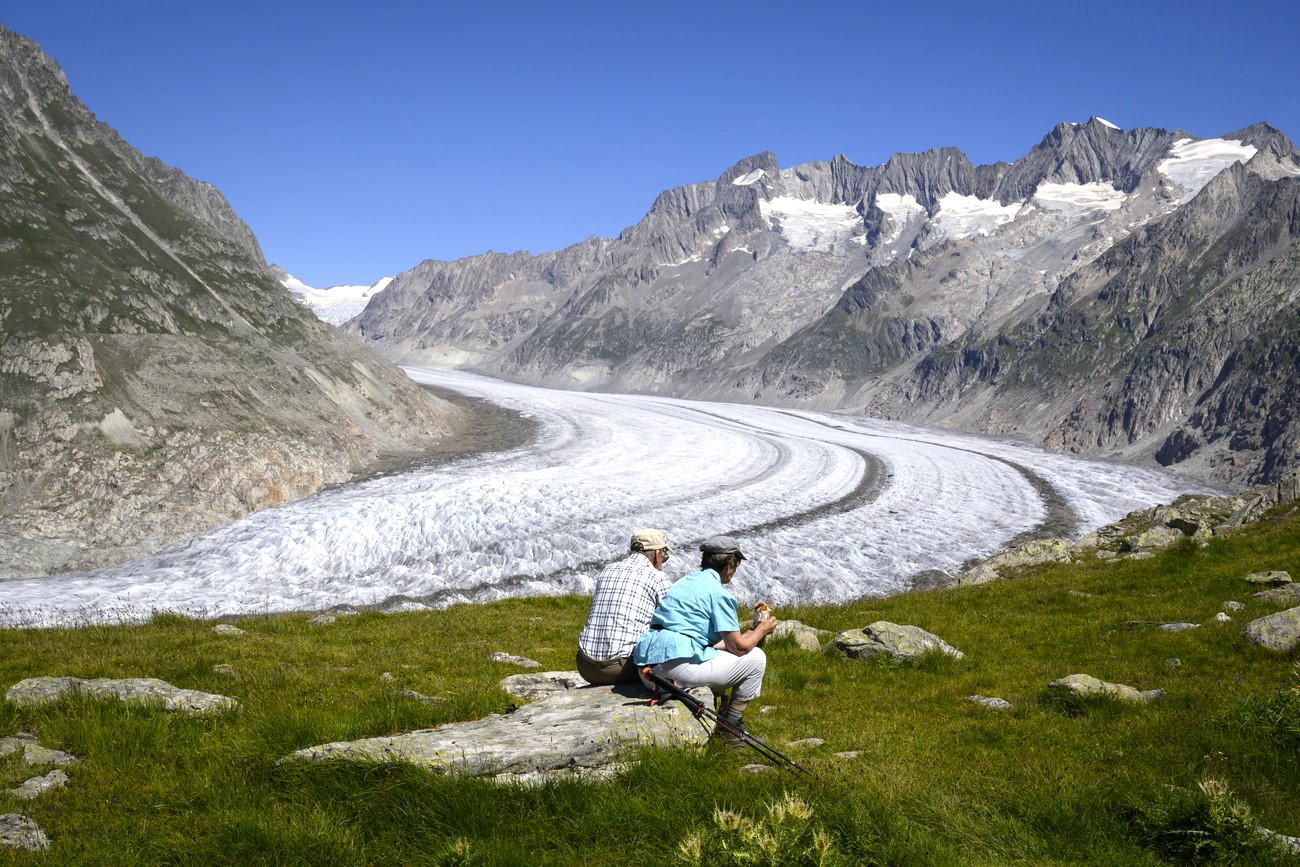
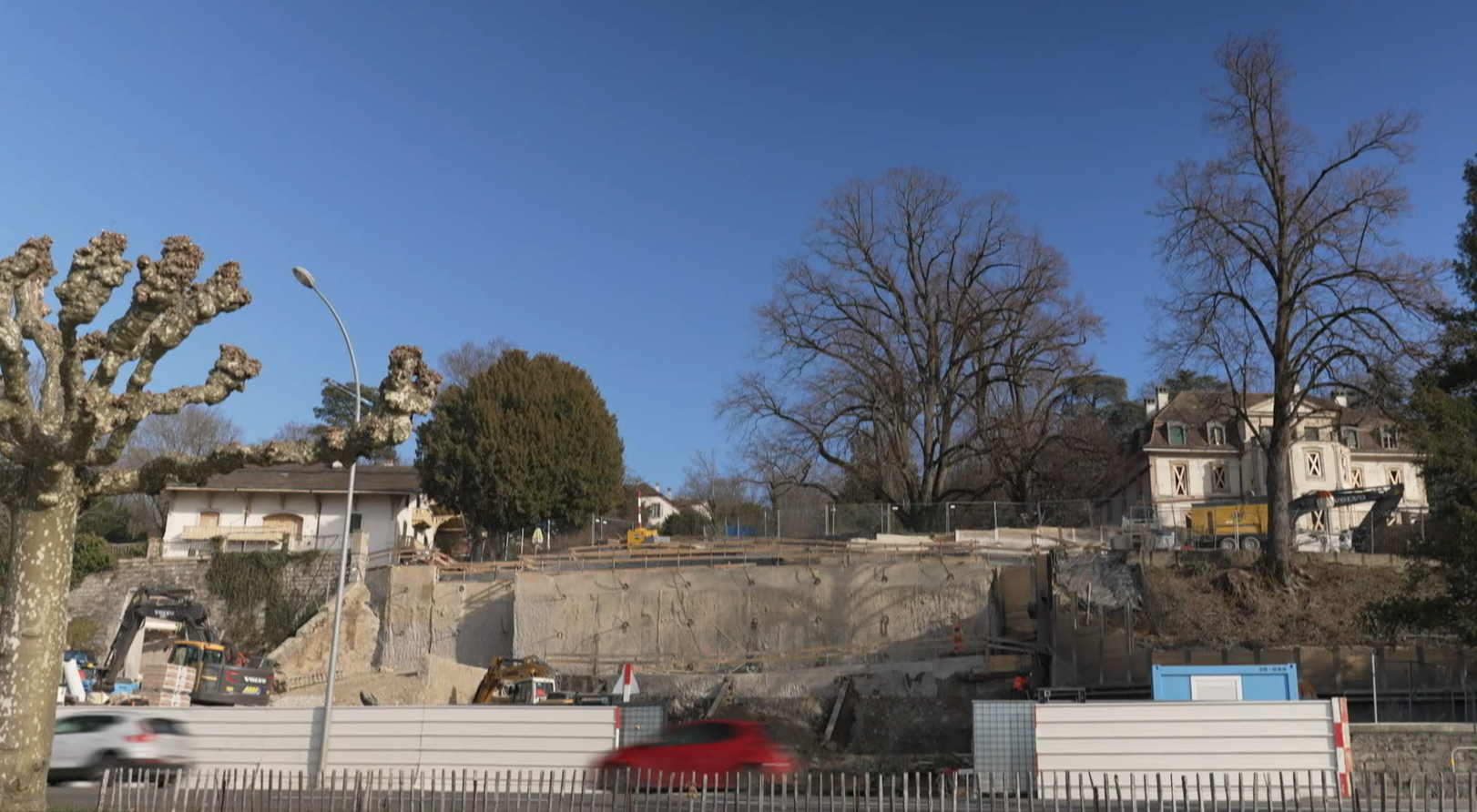




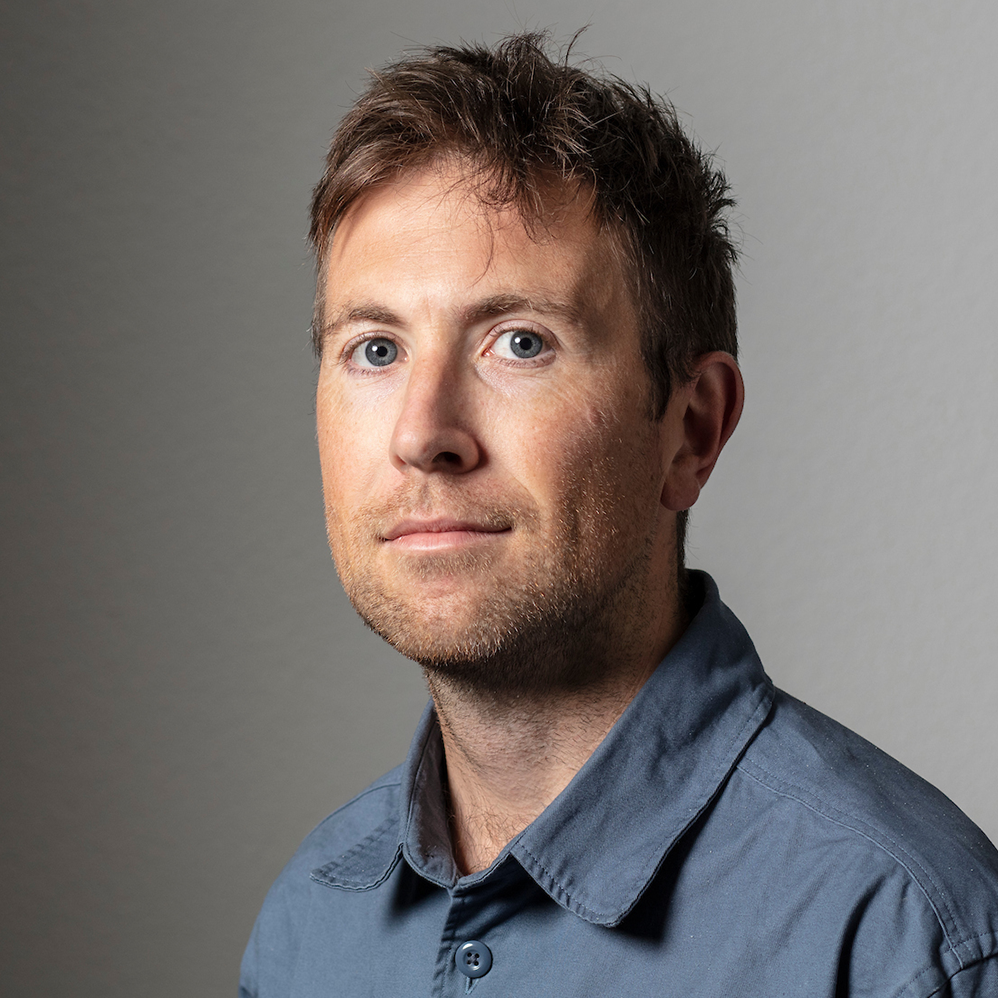
You can find an overview of ongoing debates with our journalists here . Please join us!
If you want to start a conversation about a topic raised in this article or want to report factual errors, email us at english@swissinfo.ch.